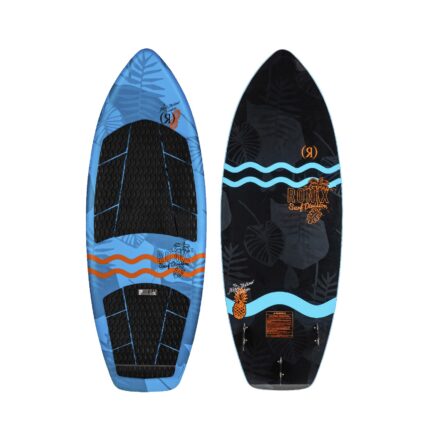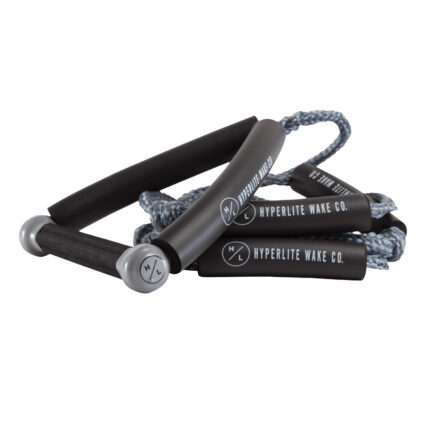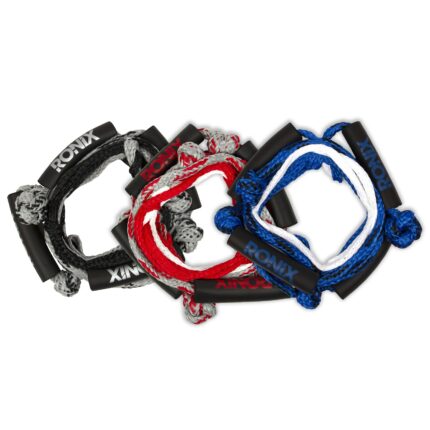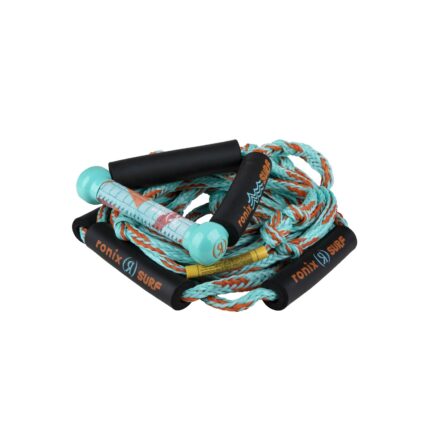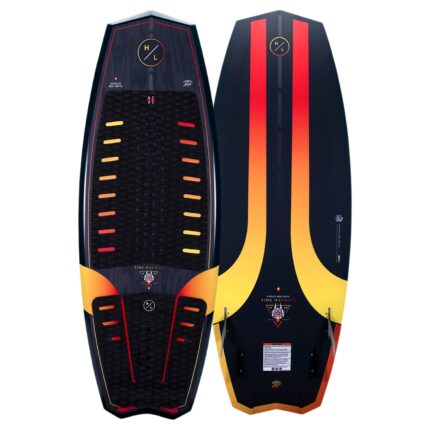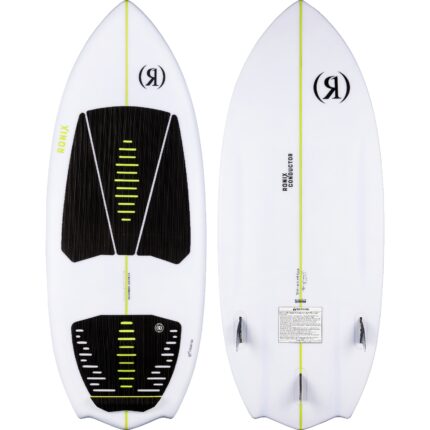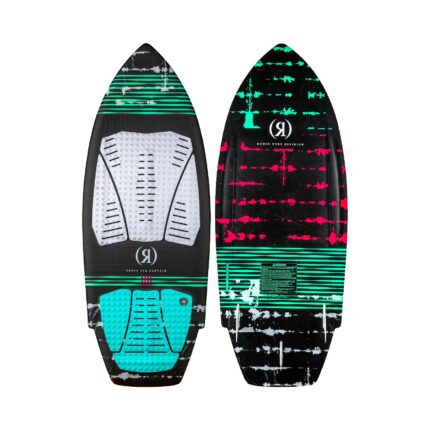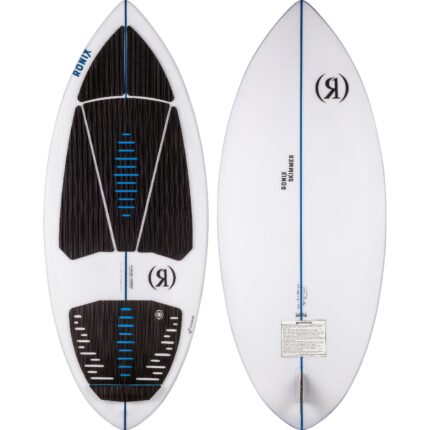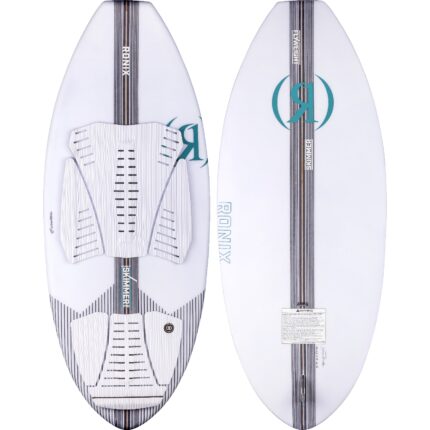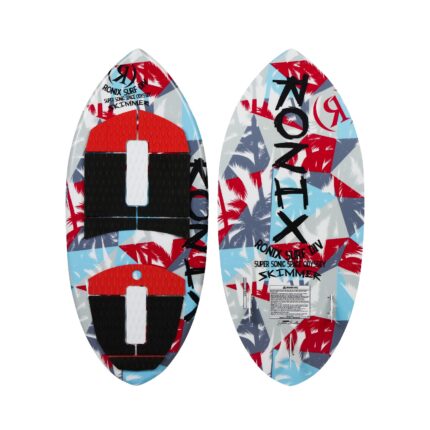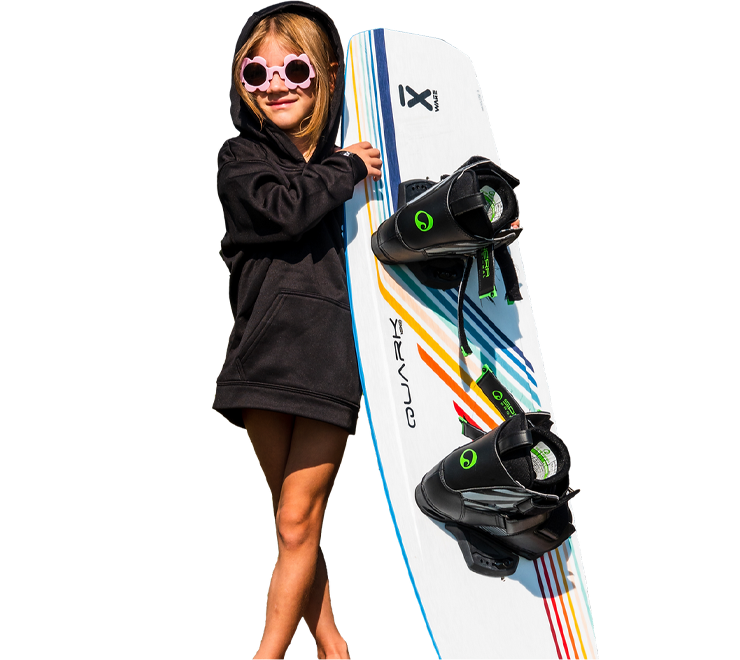Wakesurfers
Showing 1–12 of 70 results
Wakesurfing is a water sport that involves riding the wake of a boat on a specialized board while being towed by the boat. Unlike traditional water sports like wakeboarding or water skiing, wakesurfing does not require the rider to be directly pulled by a towrope once they are up on the wave. Instead, wakesurfers ride the boat’s wake and generate their own momentum on a smaller, surfboard-like wakesurf board. Here’s more information about wakesurfing:
Equipment:
Wakesurf Board: The wakesurf board is specially designed for this sport. It’s typically shorter and wider than a traditional surfboard, providing stability and buoyancy. The board can vary in size and shape, catering to different riding styles and skill levels.
Tow Boat: A dedicated wakesurf boat is often used for this sport. These boats are designed to create a surfable wake with a specific hull shape and ballast system that can be adjusted to produce different wave sizes and shapes.
Rope and Handle: While wakesurfing, beginners often start by holding onto a towrope, which is attached to the boat’s tower or pylon. As they gain experience and control, riders can let go of the rope and ride the boat’s wake without being towed.
Technique:
Getting Up: The rider begins by sitting in the water with their feet on the wakesurf board. They are typically assisted in getting up on the board and into the boat’s wake by the boat’s driver and crew.
Stance: Wakesurfers can ride with their left foot forward (regular) or right foot forward (goofy), depending on their preference. This is referred to as their stance.
Riding the Wave: Once up on the board, the rider positions themselves in the boat’s wake and uses the momentum of the wave to surf. Unlike wakeboarding, wakesurfers do not rely on the boat’s pull to maintain speed and direction; instead, they generate their own momentum.
Tricks and Maneuvers: Advanced wakesurfers can perform various tricks, spins, and maneuvers on the board, including 360-degree spins, shuvits, and grabs. These tricks add an element of style and skill to the sport.
Safety:
Safety Gear: It’s essential for wakesurfers to wear appropriate safety gear, including a life vest (PFD), to ensure their safety in the water.
Communication: Communication between the rider and boat driver is crucial to ensure a safe and enjoyable experience. Hand signals are often used to indicate speed adjustments and other instructions.
Wakesurfing offers a unique and thrilling experience on the water, combining elements of surfing and wakeboarding. It has gained popularity among water sports enthusiasts of all ages and skill levels. As with any water sport, safety and responsible riding practices are essential to ensure a fun and safe wakesurfing experience.
 Boards
Boards Packages
Packages Boots & Bindings
Boots & Bindings Essentials
Essentials Waterwear
Waterwear Apparel
Apparel Wakesurfers
Wakesurfers
 Towers & More
Towers & More Boat Accesories
Boat Accesories Ballast Systems
Ballast Systems